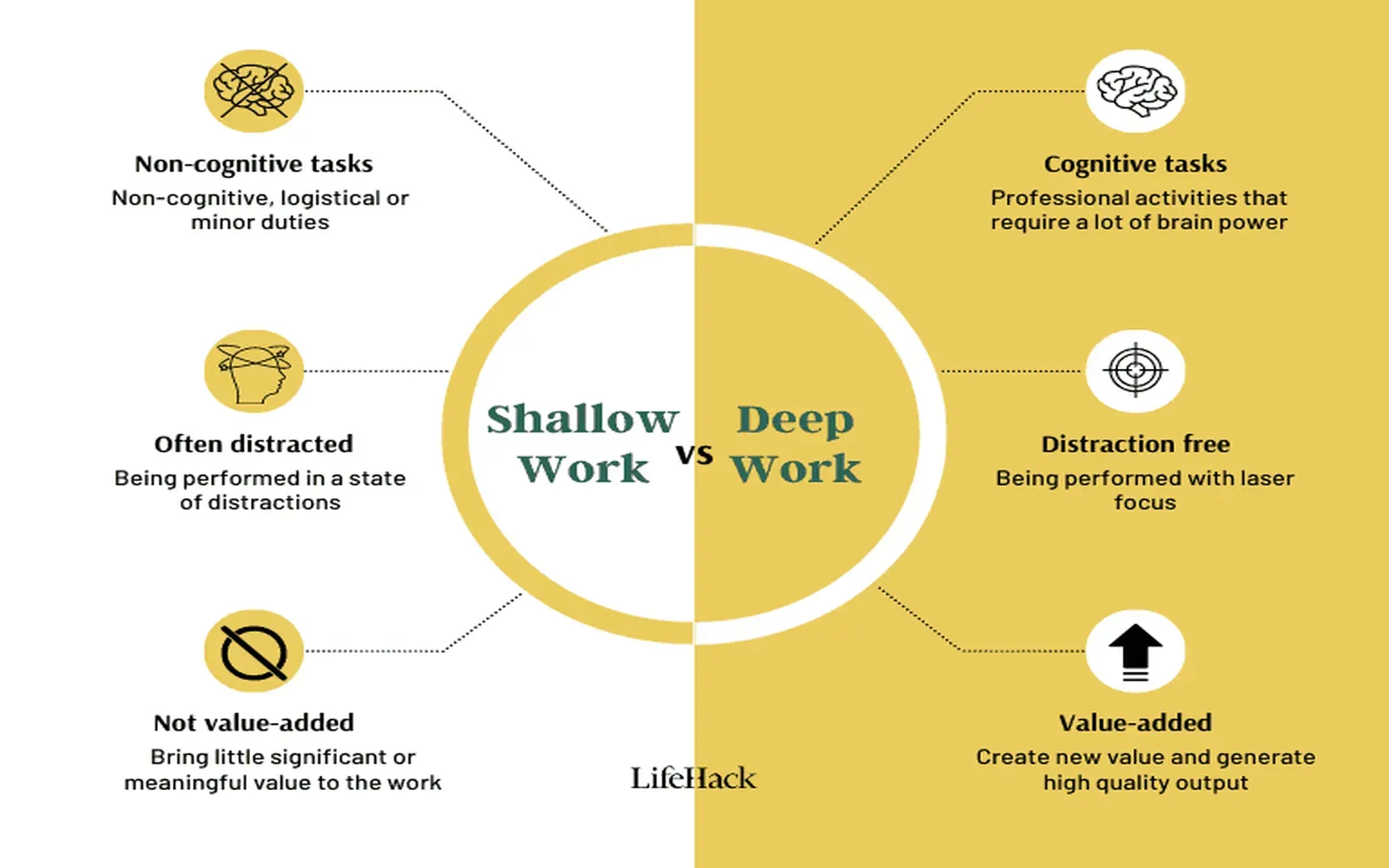In today's fast-paced world, the balance between ''deep work'' and ''messy creativity'' has become a critical topic for professionals looking to enhance their productivity and creative output. Understanding how to navigate these two seemingly opposing approaches is essential for anyone aiming to excel in their careers. Below, we explore the characteristics of both methods and provide strategies for achieving a harmonious balance.
Understanding Deep Work
''Deep work'' refers to the ability to focus without distraction on cognitively demanding tasks. This concept, popularized by Cal Newport in his book "Deep Work: Rules for Focused Success in a Distracted World," emphasizes the value of deep concentration in producing high-quality work. The benefits of engaging in deep work include:
- Enhanced learning and skill acquisition
- Increased productivity and efficiency
- Higher quality output
Professionals who dedicate time to deep work often find themselves completing complex tasks more quickly and with greater precision. However, achieving deep work requires discipline and a structured approach to time management.
The Nature of Messy Creativity
On the other hand, ''messy creativity'' embraces spontaneity and the exploration of ideas without strict boundaries. This approach is often associated with brainstorming sessions, free writing, and artistic endeavors where the process takes precedence over the final product. Key aspects of messy creativity include:
- Flexibility and adaptability
- Encouragement of innovation and unique ideas
- Embracing failure as part of the creative process
Messy creativity allows individuals to explore new concepts and develop innovative solutions that may not emerge through structured methods. It fosters an environment where unconventional ideas can thrive.
Finding the Balance
Balancing ''deep work'' and ''messy creativity'' is essential for maximizing both productivity and innovation. Here are several strategies to help you strike the right balance:
1. Schedule Dedicated Time Blocks
Creating specific time blocks for deep work can help you cultivate focus while still allowing for periods of messy creativity. Consider the following schedule:
| Time | Activity |
|---|---|
| 9:00 AM - 11:00 AM | Deep Work: Focused project tasks |
| 11:00 AM - 12:00 PM | Messy Creativity: Brainstorming session |
| 12:00 PM - 1:00 PM | Lunch Break |
| 1:00 PM - 3:00 PM | Deep Work: Analyzing data and reports |
| 3:00 PM - 4:00 PM | Messy Creativity: Free writing or sketching |
2. Use the Pomodoro Technique
The Pomodoro Technique involves working in short bursts followed by brief breaks. This method can help facilitate deep work while giving room for messy creativity. For example, you might work for 25 minutes on a focused task followed by a 5-minute break where you allow yourself to brainstorm or jot down creative ideas.
3. Create a Dedicated Space for Each Approach
Having distinct spaces for ''deep work'' and ''messy creativity'' can enhance your ability to switch between the two. A quiet, uncluttered environment is ideal for deep work, while a more relaxed, creative space can foster innovative thinking. This physical separation helps signal your brain when it’s time to focus or to explore freely.
4. Set Clear Goals
Defining clear objectives for both deep work and messy creativity can help you stay focused and motivated. For deep work, set specific, measurable goals that you want to achieve during your dedicated time. For messy creativity, allow yourself to explore ideas without the pressure of producing a final product. This dual approach ensures that you remain productive while also nurturing your creative side.
Conclusion
In conclusion, balancing ''deep work'' with ''messy creativity'' is vital for achieving both productivity and innovation in your professional life. By implementing structured time blocks, utilizing techniques like Pomodoro, creating dedicated spaces, and setting clear goals, you can effectively navigate the fine line between focused work and creative exploration. Embrace both approaches to unlock your full potential and achieve success in your endeavors.
Ultimately, the goal is to harness the strengths of both ''deep work'' and ''messy creativity''. By doing so, you will not only improve your work output but also foster an environment where creativity can flourish. This balance is key for anyone looking to thrive in today's dynamic work landscape.





